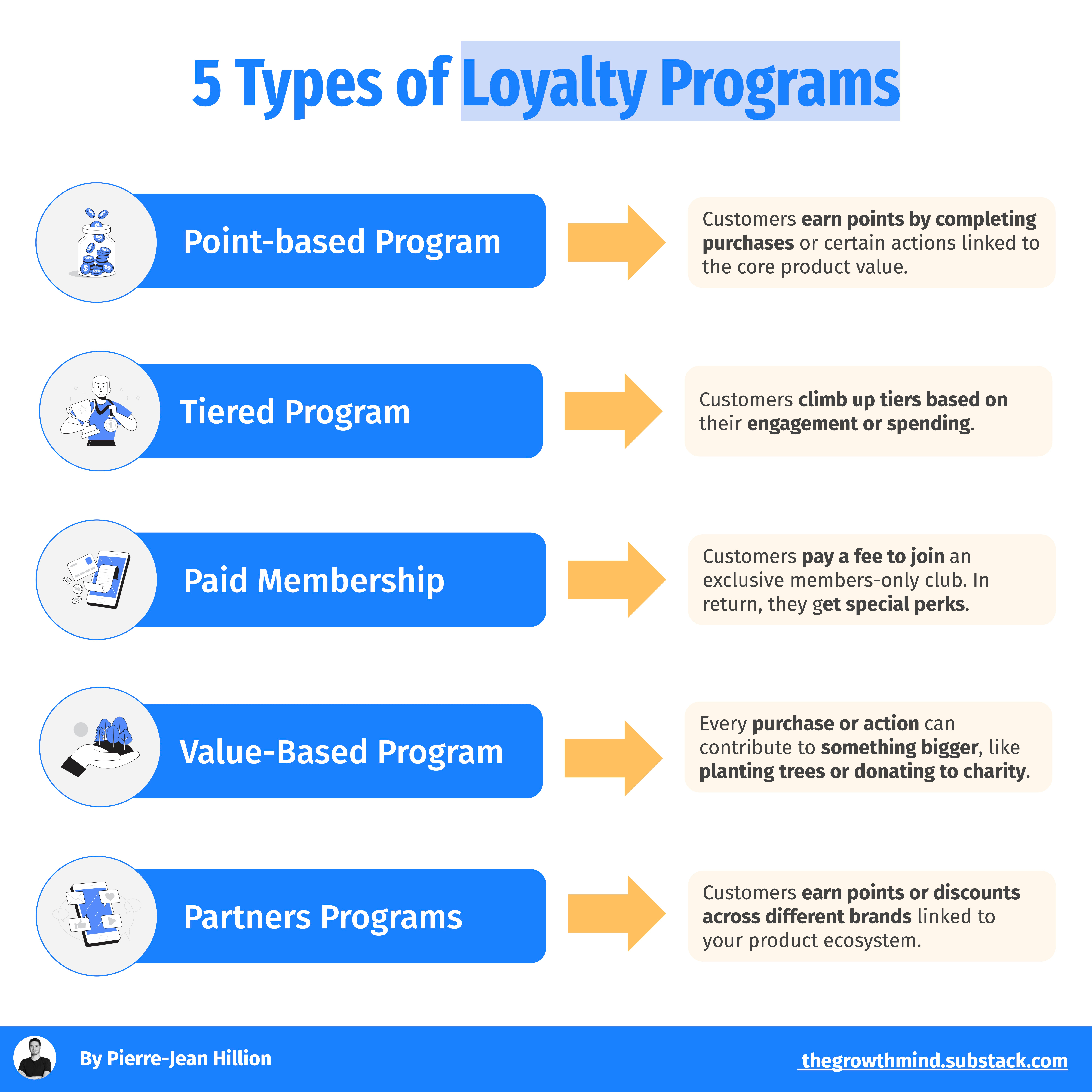BGREEN TV: Your Source for Green Innovations
Explore the latest trends and innovations in sustainable living, eco-friendly technology, and green entertainment.
Loyalty Scoring Algorithms: The Secret Sauce Behind Customer Devotion
Unlock the secret to customer devotion! Discover how loyalty scoring algorithms drive engagement and keep your customers coming back.
Understanding Customer Loyalty: How Scoring Algorithms Work
Customer loyalty plays a crucial role in the success of any business, driving repeat purchases and fostering brand advocacy. To effectively measure and enhance this loyalty, companies often turn to scoring algorithms. These algorithms analyze various data points to determine a customer's loyalty score based on factors such as purchase frequency, average order value, and customer engagement. By understanding how these algorithms operate, businesses can tailor their marketing strategies and customer experiences to strengthen loyalty and increase customer retention.
Typically, scoring algorithms utilize a combination of predictive analytics and machine learning techniques to identify patterns in customer behavior. For instance, some common metrics that may influence a loyalty score include:
- Recency: How recently a customer made a purchase.
- Frequency: How often they make purchases within a given time frame.
- Monetary value: The total amount spent by the customer.
By scoring customers based on these criteria, businesses can segment their audience, target specific groups effectively, and implement strategies designed to convert occasional buyers into loyal customers.

Counter-Strike is a popular first-person shooter game that focuses on team-based gameplay and strategy. Players can engage in intense matches, aiming to outsmart and outgun their opponents. For those looking to enhance their gameplay experience, consider using a duel promo code to unlock special features and rewards.
The Impact of Loyalty Scoring on Customer Retention Strategies
The impact of loyalty scoring on customer retention strategies can't be overstated. By implementing a loyalty scoring system, businesses can better understand their customers' behaviors and preferences. This data-driven approach allows companies to segment their customer base, identifying high-value customers and tailoring personalized marketing efforts to enhance customer engagement. For instance, businesses can create targeted promotions for top scorers, ultimately boosting customer satisfaction and increasing the likelihood of repeat purchases.
Furthermore, effective loyalty scoring enables companies to track changes in customer behavior over time. With these insights, businesses can refine their customer retention strategies by proactively addressing declines in loyalty. For example, if a customer's loyalty score begins to decrease, targeted interventions such as exclusive offers or personalized communications can be deployed to re-engage them. This proactive approach not only helps maintain existing customer relationships but also fosters a stronger brand affinity, ultimately leading to sustainable growth and profitability.
What Makes a Loyalty Scoring Algorithm Effective for Businesses?
Loyalty scoring algorithms are essential tools for businesses aiming to enhance customer retention and optimize their marketing strategies. An effective algorithm should incorporate various factors, such as purchase frequency, average transaction value, and customer engagement. By analyzing these metrics, businesses can develop a comprehensive understanding of their customer base. For example, an algorithm that scores customers based on social media interactions alongside traditional buying patterns can identify not just who buys most often but also who advocates for the brand. This multidimensional approach allows businesses to tailor their loyalty programs to maximize return on investment.
Furthermore, transparency and adaptability are key characteristics of an effective loyalty scoring algorithm. Customers should understand how their scores are calculated to foster trust and encourage continued engagement. Additionally, as consumer behavior evolves, the algorithm must be flexible enough to incorporate new data points, ensuring that the scoring remains relevant. Businesses should periodically review and adjust the parameters of their loyalty scoring models to align with changing market trends and consumer preferences. By maintaining a dynamic and transparent approach, companies can not only enhance customer satisfaction but also secure a sustainable competitive advantage.